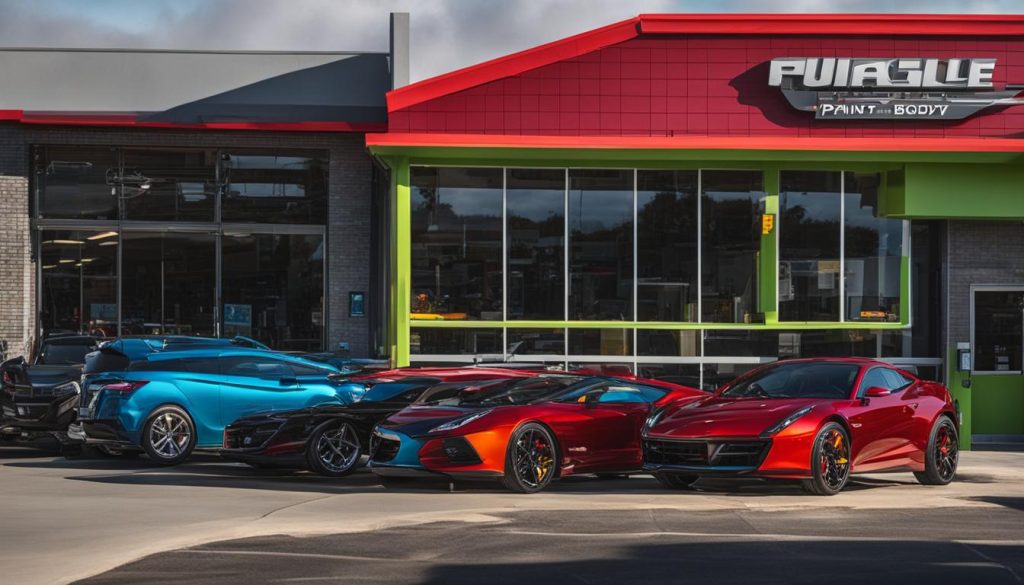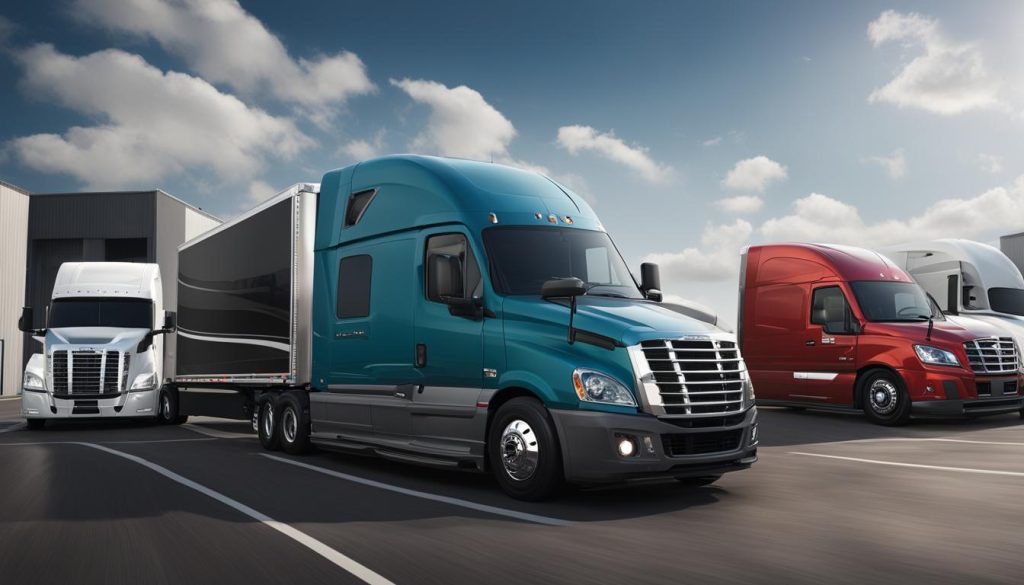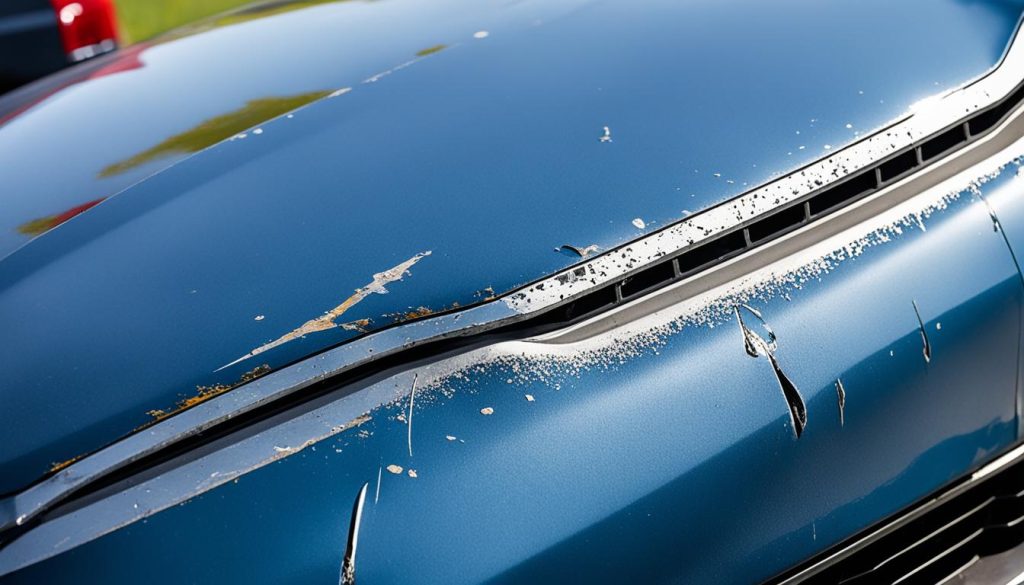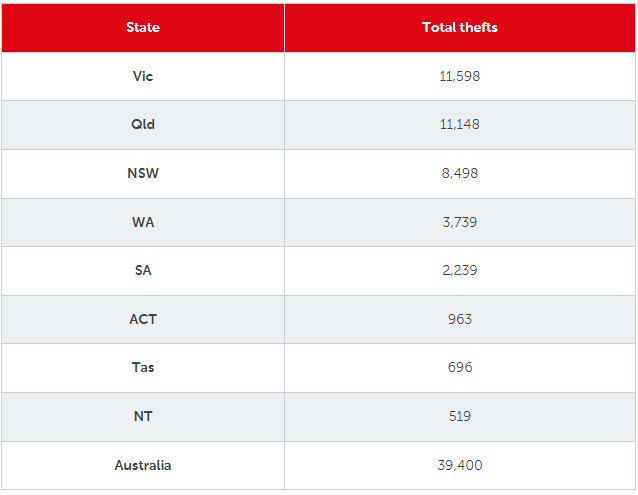
It’s probably fair to say that the electric car, as a conceptual entity, has struggled so far to fire the collective imagination of diehard enthusiasts. Sure, there have been glimpses of stuff worth getting excited about – the Porsche Taycan, the Alpine A290, Caterham’s Project V, anything made by Rimac etc – but so far it’s either been very expensive, or assigned to some future date. In the meantime, we’ve had to put up with a lot of very worthy stuff that really only appeals to someone searching for a car with benefit-in-kind in mind.
Well, that might be about to change. The Ioniq 5 N is many things, but primary among them could very well be the notion that it has attempted to put ‘fun’ front and centre. Why do we say that? Well, because a) its three claimed performance pillars for N development are ‘Corner Rascal,’ ‘Racetrack Capability’ and ‘Everyday Sportscar’; b) the firm has proven experience turning otherwise moderately good cars into humdingers; and c) the new Ioniq 5 N outputs 609hp. Or 650hp if you engage N Grin Boost.
Now, in the bizarro, four-figure world of EVs that doesn’t qualify as an inordinate amount. But in the actual world, the one where people are accustomed to Hyundai i30 N’s with 280hp, it looks like a gargantuan number. Just as a with-boost 0-62mph time of 3.4 seconds appears bewildering small – after all, not so long ago, that was assuredly supercar-grade performance. But now it’s promised for a Hyundai. Which, in case you’d forgotten, used to make the Getz.


There’s more, of course. For one thing – and this really can’t just be us – it looks close to brilliant. Sure, inside it might not exactly threaten to cocoon you in sporting glamour (in case you didn’t know, the Ioniq is like a cathedral inside and it’ll probably need more than a 20mm lowering of its seats to compensate) but outside the standard Ioniq 5 was already solidly handsome, and by lowering the car 20mm and making it 50mm wider to accommodate wider tyres (not to mention 80mm longer thanks mostly to that diffuser), Hyundai has landed on the sort of performance-enhanced shape that has been luring us into assorted hot hatches for years. Except most hot hatches don’t feature forged 21-inch aluminium wheels.
Really, though, it’s about what’s underneath. Aiming for better torsional rigidity, Hyundai has found space for 42 additional weld points and 2.1. extra metres of structural adhesive, and apparently reinforced both front and rear subframes. Moreover, it has added what it calls WRC-inspired integrated drive axles – why? To handle the additional torque, of course. It even went to the trouble of strengthening the steering column, and has fitted a specially tuned N R-MDPS (Rack-Mounted Motor-Driven Power Steering) system with a higher steering ratio, which is said to result in a more direct and communicative feel.
As you might expect from a model already available in dual-motor AWD configuration, the N version gets a suitably chunky electric motor for each axle – delivering 226hp to the front and 383hp to the rear (or 238hp and 412hp in boost mode). The size of the output is partly accredited to a two-stage inverter and the fitment of a new larger 84kWh battery, which, incidentally, is capable of charging up to a similarly chunky 350kW.


Hyundai says N Grin Boost will maximise performance for 10-second increments and reckons the car sets a new benchmark in thermal efficiency thanks to a number of detailed improvements in battery management and cooling. Why is this important? Well, because evidently the firm is serious about its commitment to ‘Racetrack Capability’. Among other things, the Ioniq 5 N features a three-stage launch control system, Track SOC (which automatically calculates battery consumption per lap) and, via N Battery Pre-conditioning setting, even lets owners choose whether the cells are predisposed to support short bursts (Drag) or laps (Track).
The car’s dedicated N Race mode gives you even more control over energy usage, allowing you to make a strategic choice between ‘Endurance’ – where peak power is limited to help delay the build-up of high temperatures – or ‘Sprint’ where it prioritises performance for shorter stints. On top of N-tuned lightweight 400mm, four-piston brakes (360mm at the back), it has also developed something called N Brake Regen, which offers 0.6G of deceleration through regen alone, thereby helping to reduce the brake fade typically experienced by EVs while on circuit (or the Nordschleife, where Hyundai perfected it).
Will you actually be tempted to take your Ioniq 5 N to a track day? Well, its maker thinks you just might after experiencing its solution for ‘a lack of driver feedback’ when driving electric cars. It has developed something called N e-shift which simulates the function of an eight-speed DCT by controlling the torque output of its electric motors and simulating a jolt between shifts. To help convince you that the imitation is real (or to make it slightly more involving, at any rate) it has added something called N Active Sound, which, thanks to a 10-speaker system, is able to mimic the noise of Hyundai’s 2.0-litre turbo. As well as a ‘Supersonic’ theme inspired by a twin-engine fighter jet. Yes, seriously.


Granted, some of this stuff might qualify for N Gimmick status – but how much more evidence do you need that the manufacturer is taking the concept of ‘fun-to-drive’ about as seriously as it’s possible to get? Well, we’ve saved the best for last. Namely, ‘Corner Rascal’. This includes three new features. The first is N Pedal, which was developed with the aim of achieving ‘the responsive handling characteristics seen in Hyundai’s championship-winning i20 N WRCs’. Okay, we’ll believe that when we see it, but if it goes someway to delivering ‘instant turn-in and enhanced throttle sensitivity’ then all the better.
Especially when you consider that an N Drift Optimiser is the second feature. Not only will the Ioniq 5 N help you to main a drift angle, should you request it, it’ll also ‘simulate the clutch kick action of [a] rear-wheel-driven ICE vehicle’ via a Torque Kick Drift function. Y’know, just in case you require ‘more immediate drift initiation’ when out and about (who doesn’t eh?). Helpfully, Hyundai notes that this is the result of sophisticated electronic control technology. With fully variable front and rear torque distribution (adjustable through 11 levels) and an integrated e-LSD on the rear axle, the phrase ‘no kidding’ springs to mind.
And sure, like some of Hyundai’s previous attempts to marry technology with its concept of ‘driving fun’, not all of this stuff is going to land. When all is said and done, the Ioniq 5 N remains a heavy, comparatively high-sided EV – one virtually certain to wear an even heftier pricetag. Nevertheless, precious few of its battery-powered rivals have appeared with what seems like even half the time, effort or gumption invested in making them seem genuinely interesting to those of us with driving on the brain. Hyundai, and specifically its never-say-die N division appears to have had a proper go at appealing to the audience it was specifically intended to cater to. Yes, it probably has too much of everything. But we can’t wait to have a go.
#Hyundai #Ioniq #650hp #Corner #Rascal













